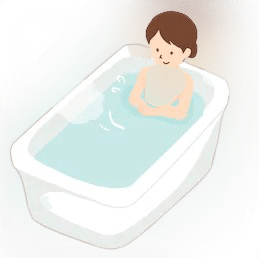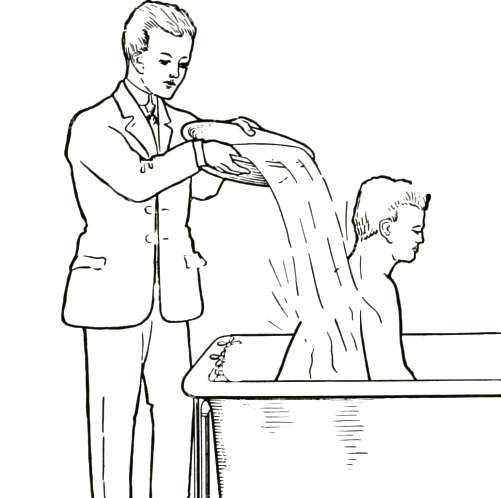Hydrotherapy – Introduction
Hydrotherapy (also known as hydropathy) is an alternative part of naturopathy medicine that involves the use of water for treatment. It is the use of water, both internally and externally at different temperatures for health purposes and to reduce injuries. It includes arthritis and related rheumatic complaints.
So many people mistake hydrotherapy with swimming but they are widely different from each other. Hydrotherapy involves some special exercises in which swimming does not. It involves treatment like saunas, steam bath, footbath, hot and cold showers. It is also different to aquarobics, as it is more focused on slow and controlled movements.
Therapeutic use of hydrotherapy was officially recorded in ancient Egyptian, Greek, and Roman civilization. The royalty there used to bath with essential oils and flowers. Other cultures noted for a long history of hydrotherapy includes China and Japan. Two English works were published on the medical uses of water in the 18th century that included the new fashion of hydrotherapy. After a certain time, this therapy formally became a medical tool to cure disorders.
The use of hydrotherapy is done regardless of how many joints are affected. It can be used if you had joint replacement surgery, back pain, ankylosing, spondylitis, psoriatic arthritis, osteoarthritis, and so on. Normally, you need to share a pool with other people during your treatment sessions. The exercise will be tailored according to your disorder or the treatment you need.

How this process will help us to heal?
Warm water in hydrotherapy allows our muscles to relax easing our pain. The water there will support our weight, which helps to increase the range of movements in our joints. It adds more muscle strength by providing resistance to our joints.
Access to hydrotherapy
Hydrotherapy sessions can easily be available for normal people. This session can be available in hospitals or any hydrotherapy pools. A physiotherapist can also provide access to this. You can also choose private health care. However, before taking this service, you should be aware of the environment of that place where you are taking this service and the condition of the water. There are so many places where the same water is used for a long time. This can badly harm your body. Check everything before your treatment starts.
Hydrotherapy at home
Hydrotherapy can also be done at home with the necessary precautions and details. All you need to do is hop on a tube; submerge your body up to neck where water is slightly cooler than your body temperature. Doing this for 15 minutes can show sedative benefits.
Side effects
Some people may get some side effects of hydrotherapy. There are some possible side effects like nausea, vomiting, abdominal pain, dizziness, and so on. When you spend too much time in the hydrotherapy pool then your body can be overheated. It may also cause some cardiac instability and the spread of waterborne disease. Apart from this, you are more likely to be dehydrated during the session.
Benefits
- Helps to relieve pain and muscular tension.
- It treats poor circulation, sore muscles, rheumatism.
- It helps to recover from surgery.
- Improves balance and coordination.
- It mobilizes and lengthens muscles.
- It improves self-confidence and reduces the fear of falling.
- Improves flexibility and general fitness.
- It is very helpful for back pains.
What do you need for the hydrotherapy session?
- Swimming costume.
- Necessary food and drinks like glucose, juice so that you do not suffer from dehydration.
- A towel and water glasses.
Hydrotherapies are very effective. Studies show that hydrotherapy can help to improve strength and general fitness in people. The support from the water will help to cool down our mind, body, and soul. If this treatment is done with necessary precautions then you will get good results from it.
